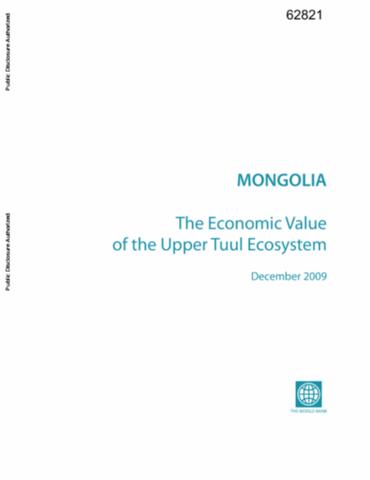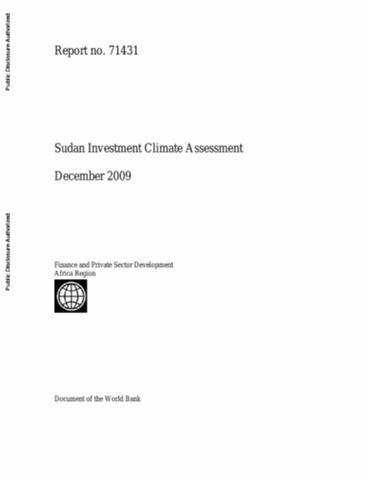Impacts of Cash Crop Production on Land Management and Land Degradation: The Case of Coffee and Cotton in Uganda
We investigate the impacts of coffee and cotton production on land management and land degradation in Uganda, based on a survey of 851 households and soil measurements in six major agro-ecological zones, using matching and multivariate regression methods. The impacts of cash crop production vary by agro-ecological zones and cropping system. In coffee producing zones, use of organic inputs is most common on plots growing coffee with other crops (mainly bananas), and least common on mono-cropped coffee.






